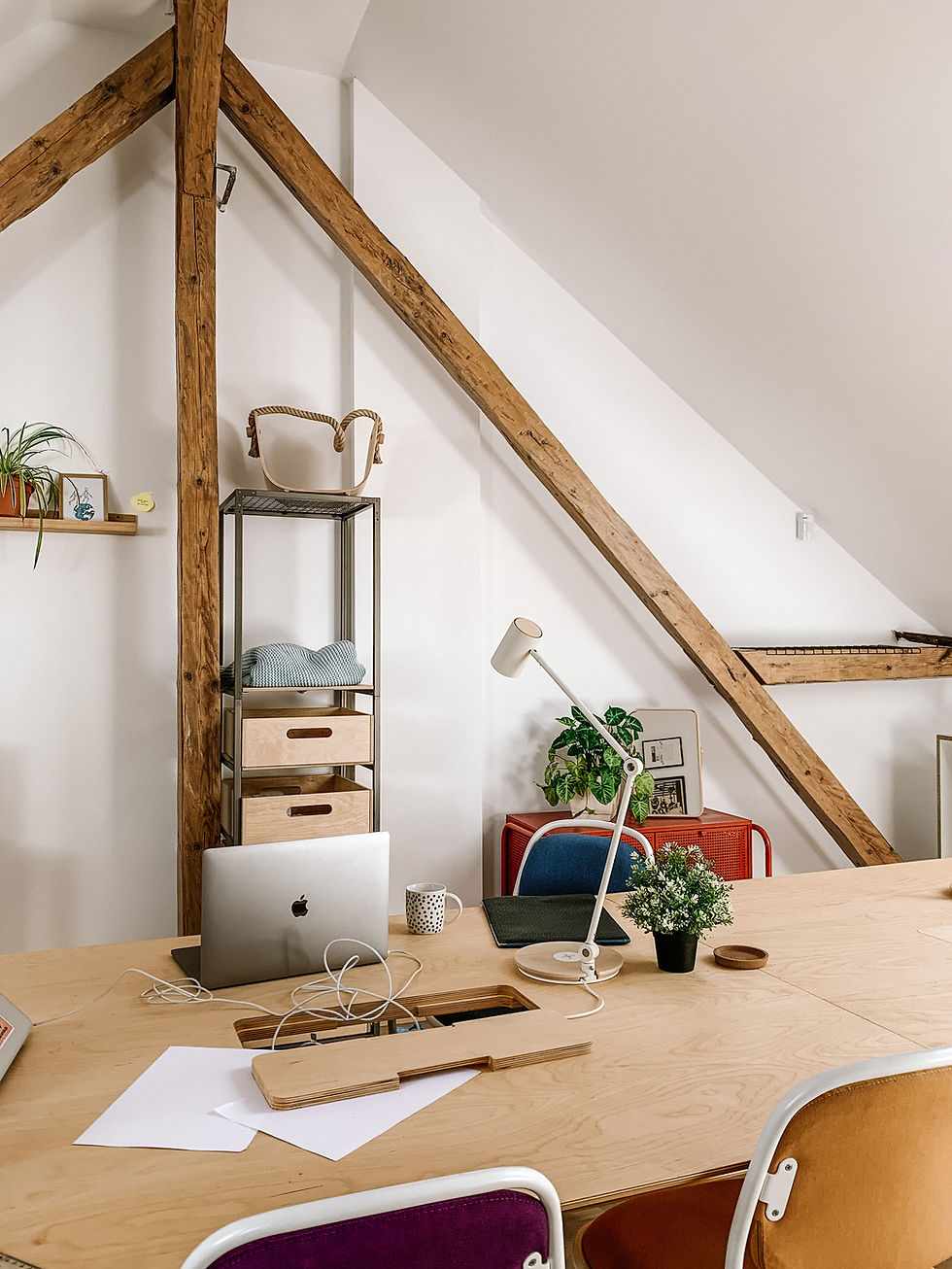Maximising Space and Value: The Art of Estimating Loft Conversions
- Builder Expert
- May 13, 2024
- 4 min read
Loft conversions have become increasingly popular in the UK as homeowners seek to maximise living space and increase property value without the need for costly extensions or renovations. However, embarking on a loft conversion project requires careful planning, and accurate cost estimation is paramount to ensure that the project stays within budget and delivers the desired results. In this article, we explore the various factors that influence the cost of loft conversions and provide practical insights into estimating costs effectively.

Understanding Loft Conversions
A loft conversion involves transforming an underutilised attic space into a habitable room, such as a bedroom, office, or recreational area. By making use of existing space, homeowners can add valuable square footage to their properties and enhance their living environments. There are several types of loft conversions, each with its own benefits and considerations.
Dormer loft conversions, for example, involve extending the existing roof to create additional headroom and floor space. Velux conversions, on the other hand, utilise roof windows to provide natural light and ventilation, making them a cost-effective option for properties with sufficient roof height. Mansard conversions, known for their steeply sloping roofs and vertical walls, offer maximum usable space but may require planning permission due to their significant alterations to the roofline.
Factors Influencing Cost Estimation
The cost of a loft conversion can vary widely depending on several factors, including the size and complexity of the project, structural requirements, and regulatory considerations. The condition of the existing loft space, accessibility, and location can also impact cost estimation significantly. For example, converting a structurally sound attic with ample headroom may be less costly than transforming a cramped or poorly ventilated space.

Structural considerations play a crucial role in cost estimation, as reinforcing the roof structure and supporting walls to accommodate the additional weight of the conversion can be a significant expense. Moreover, compliance with building regulations and obtaining planning permission, particularly for more extensive conversions or alterations to the roofline, must be factored into the cost estimation process.
Insulation and Energy Efficiency
Investing in insulation and energy-efficient features is essential to ensure that the converted loft space is comfortable and cost-effective to heat and cool. Proper insulation helps regulate temperature and reduce energy consumption, resulting in lower utility bills and a more sustainable living environment. Estimating the costs of insulation, energy-efficient windows, and heating systems accurately is crucial to avoid overspending and maximize long-term savings.
Electrical and Plumbing Costs
Installing electrical wiring, lighting, heating, and plumbing systems in a loft conversion requires careful planning and professional expertise. The costs associated with these installations can vary depending on the complexity of the project and the quality of materials and fixtures chosen. Hiring qualified professionals for electrical and plumbing work is essential to ensure compliance with safety standards and building regulations.
Finishing Touches and Interior Design
The finishing touches and interior design elements of a loft conversion play a significant role in maximising its space and value. Choosing the right flooring, wall finishes, built-in storage solutions, and fixtures can enhance functionality, aesthetics, and overall livability. Estimating the costs of these finishing touches accurately is essential to achieve the desired look and feel within budget constraints.

Maximising Natural Light
Maximising natural light in a loft conversion is key to creating a bright, airy, and inviting living space. Incorporating features such as skylights, roof windows, and light wells can significantly enhance natural light levels and reduce the need for artificial lighting during the day. While these features may entail additional costs, they can have a significant impact on the overall ambiance and energy efficiency of the converted space.
Cost-Saving Strategies
There are several cost-saving strategies that homeowners can employ to minimise expenses without compromising quality in their loft conversion projects. Repurposing existing materials, such as attic floorboards or roof tiles, can help reduce waste and lower material costs. DIY options, such as painting or decorating, can also save money if homeowners have the necessary skills and time. Negotiating with contractors and sourcing materials from reputable suppliers can further reduce costs without sacrificing quality or safety.
ROI and Property Value
Finally, it's essential to consider the long-term financial benefits of a loft conversion, including its potential to increase property value and provide a return on investment (ROI) over time. A well-designed and properly executed loft conversion can significantly enhance the marketability and resale value of a property, making it a sound investment for homeowners. By factoring potential ROI into the cost estimation process, homeowners can make informed decisions and prioritise features that offer the best value and return.
In conclusion, accurate cost estimation is crucial to the success of any loft conversion project. By understanding the various factors that influence costs and employing practical strategies for estimating expenses effectively, homeowners can maximise space and value while staying within budget constraints. Whether it's adding extra bedrooms, creating a home office, or designing a cozy retreat, a well-planned and cost-effective loft conversion can transform a property and enhance its appeal for years to come.




Comentarios